Review: Japan's Shinkansen 'Green Car' first class: Hiroshima-Osaka
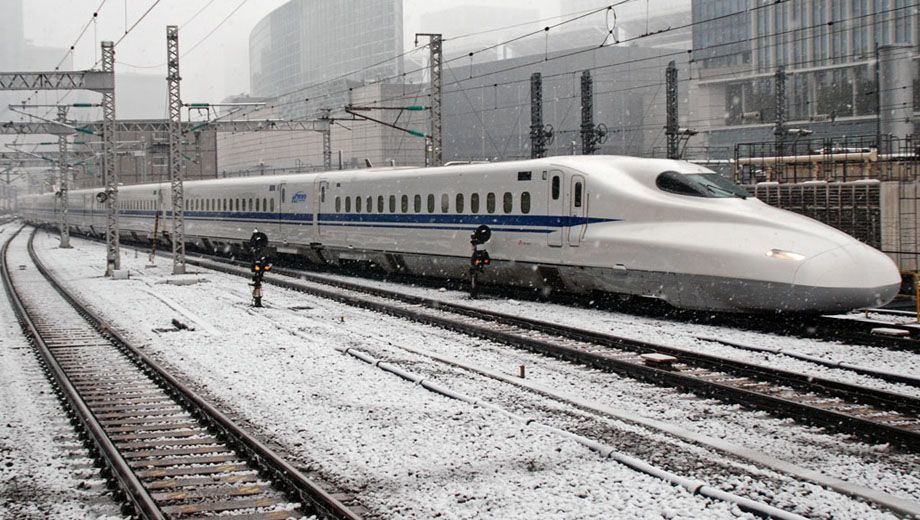
Zooming along at up to 300km/h but without the hassle of airport security and excess baggage charges, Japan's high-speed Shinkansen trains are a great way to commute between the country's major cities such as Tokyo, Osaka, Kyoto and Nagoya.
Business travellers will feel most at home in the 'Green Cars' – the first class of the Shinkansen – which Australian Business Traveller tested on a recent Nozomi, Tokaido-line service from Hiroshima to Shin-Osaka.
Shinkansen: finding your car
Much like on an aircraft, seats in the Shinkansen's Green Cars are all assigned – and with English-speaking staff at the ticketing counters, choosing a spot was an easy task.
Your ticket will show a train number, a departure time, the car number you'll be travelling in, and finally, your seat number in that particular car.
We're after the high-speed Nozomi 126 service, which is clearly displayed on the sign at Platform 13:
Once you're on the correct platform, follow the clear signage to locate your car. With a Green Car ticket, you'll be looking for either car eight, nine or ten – all of which are conveniently located in the centre of the platform.
You can then double-check that you're in the right place by looking at the floor signage...
... and then finally as the train arrives, with the service number and destination displayed on the LCD screen, and the car number and Green Car logo spotted adjacent to the door.
Even though you're catching a domestic train service in a country where English isn't the first language, you won't need to speak a word of Japanese to navigate the Shinkansen.
Shinkansen: Green Car seats
Now that you're on the right train and in the correct car, just follow the signs to find your seat and feel free to hang your jacket or coat.
Rather than the 2-3 layout found in the regular cars, seats in the Green Cars come in pairs of two – ditching the middle seat to give each passenger a little extra space:
Very much the 'first class' of Japanese railway, each seat comes with a seat warmer, a reading light...
... its own AC power outlet hidden in the arm rest...
... a fold-out beverage table...
... and an adjustable foot rest:
It's great for shorter passengers, although taller travellers may lament that the foot rest doesn't retract – restricting your available space.
There's also a fold-down meal-size tray table in every seat...
... which was sturdy enough to support this author's 3kg laptop.
Regrettably, there's no wireless Internet access available aboard the train. To remain connected you'll need to tether your laptop to your mobile phone or a portable 3G/4G hotspot, although dropouts are frequent when zipping through tunnels.
Cabin-sized bags can be stored on the shelves above the seats, while larger suitcases can be placed at either end of the carriage.
If possible, we'd recommend placing your bag at the front of the cabin rather than at the rear, as you'll be able to keep an eye on the area as the train is approaching each station.
Shinkansen: meals and snacks
Despite holding a ticket for the premium travel class, Green Car seats don't come with any inclusive food or beverage.
Instead, you'll receive a moist towelette shortly after taking your seat – and on this service, vouchers for ¥50 (A$0.53) off ice cream purchases were also distributed.
It was put to good use, with the total price just ¥410 (A$4.37) for both an ice cream and a refreshment from the Harry Potter-esque trolley.
Payment can be made in cash (Japanese Yen) or by using your Suica or Pasmo travel card, although you'll mainly find snacks, drinks and simple foods such as packet sandwiches rather than anything that passes for a full 'meal'.
Given that train passengers are in a captive marketplace, that's quite a reasonable asking price – especially when I've spotted Australian convenience stores charging more than that for a Coke on its lonesome.
Summary
Travelling on the Shinkansen avoids the rigmarole that is air travel such as having to arrive early to check-in baggage, wading your way through security screening and then waiting in a long line of people before finally reaching your seat.
You simply buy a ticket and choose your seat as you would with an airline, and then wait on the correct platform and step on board with no reasonable restrictions on baggage weights and sizes – if you can carry and lift it yourself, you'll generally be fine.
The trains also stop in the city with easy access to connecting train and subway services if you're a little further out, rather than having to fly into an airport, wait for your luggage, cart it onto your airport transfer and then spend another 30-60 minutes reaching your hotel from there.
Sure, there's no pre-departure lounge to enjoy or frequent flyer points to collect, but with trains running so frequently I daresay you won't need a lounge as you'll be off in a matter of minutes.
With tickets in the Green Cars only A$45 more than a regular seat on this particular route, travelling in comfort, peace and quiet is easily worth the slightly higher ticket price, and is still comparable to what you'd pay to fly from A to B.
Follow Australian Business Traveller on Twitter: we're @AusBT
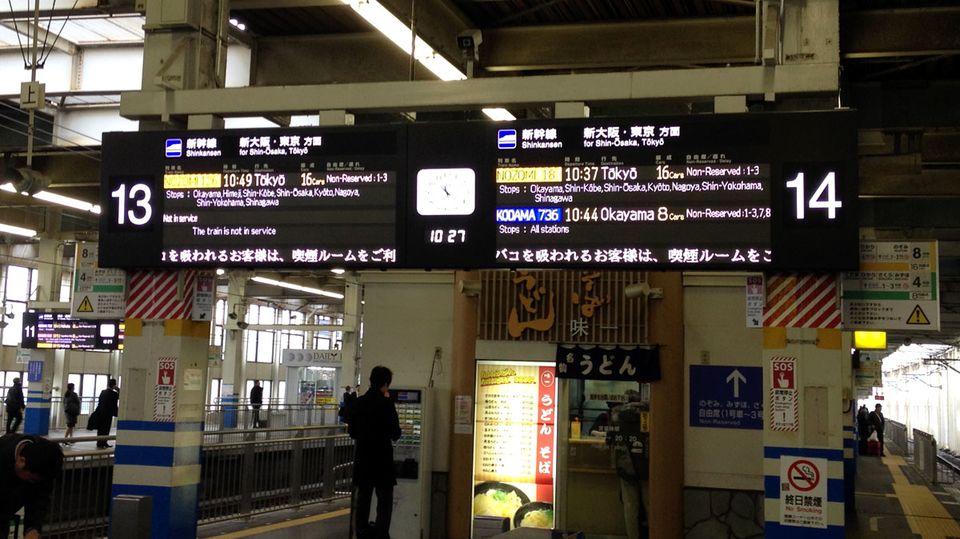
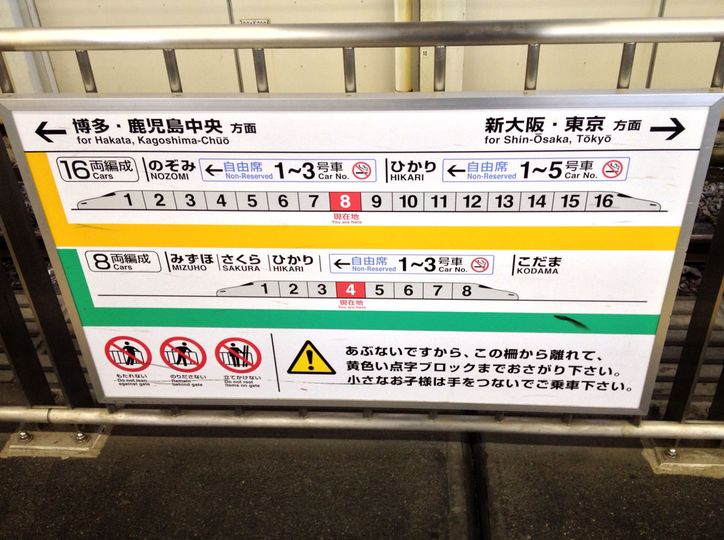
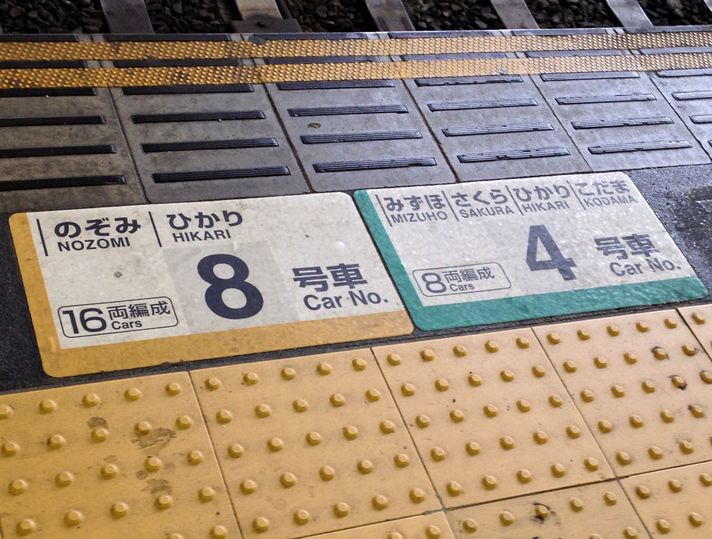
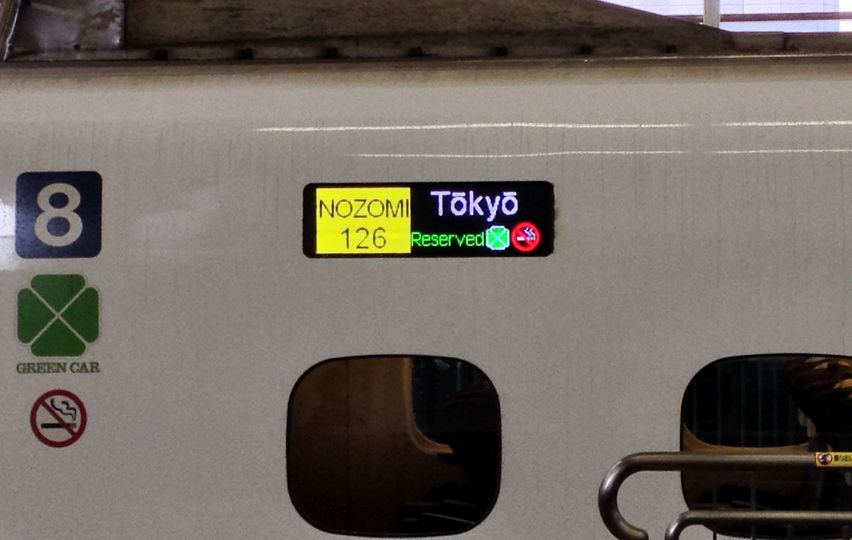
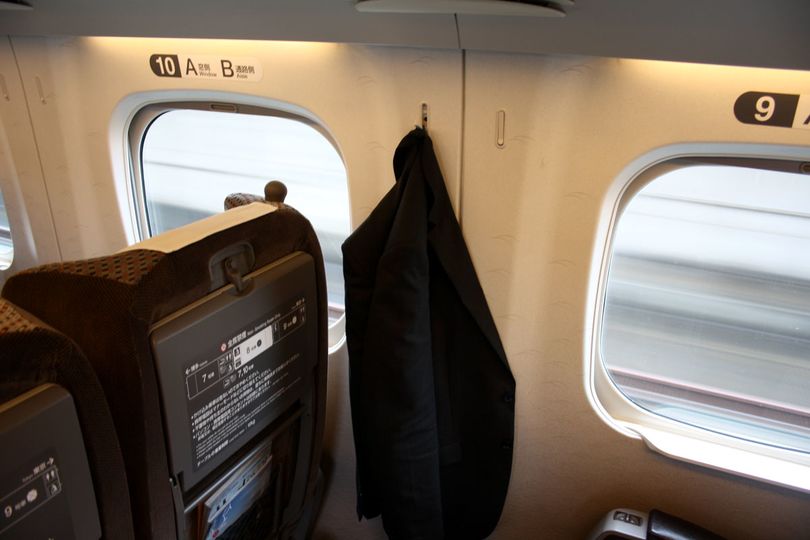
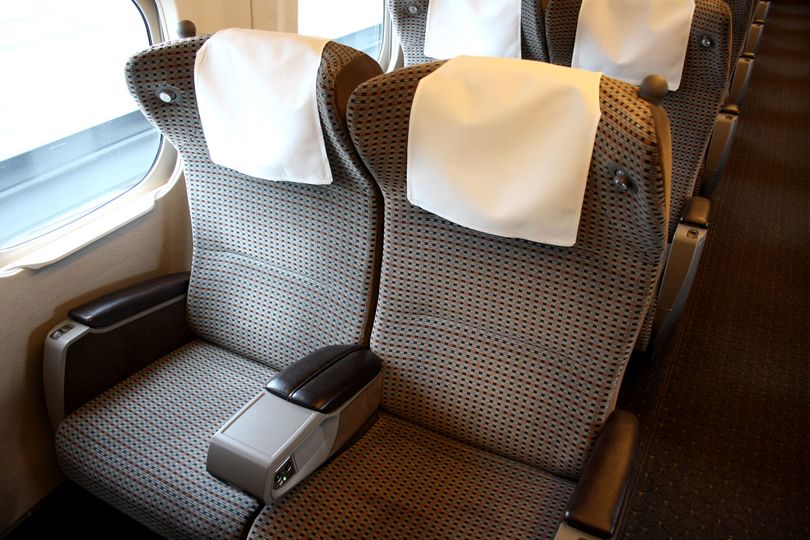

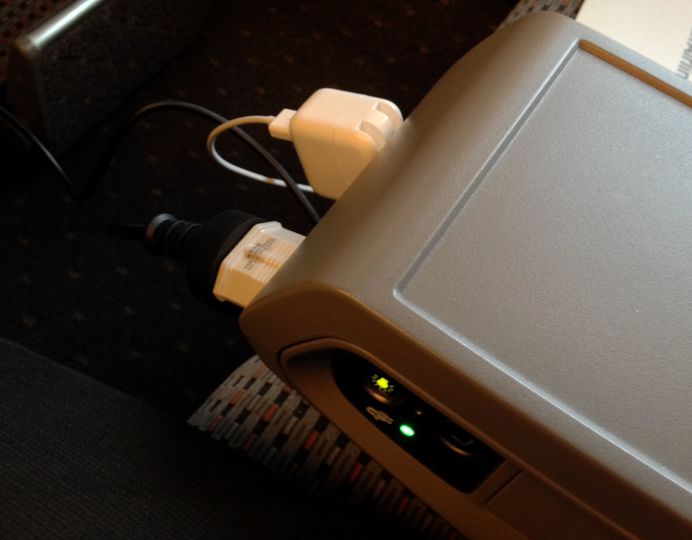
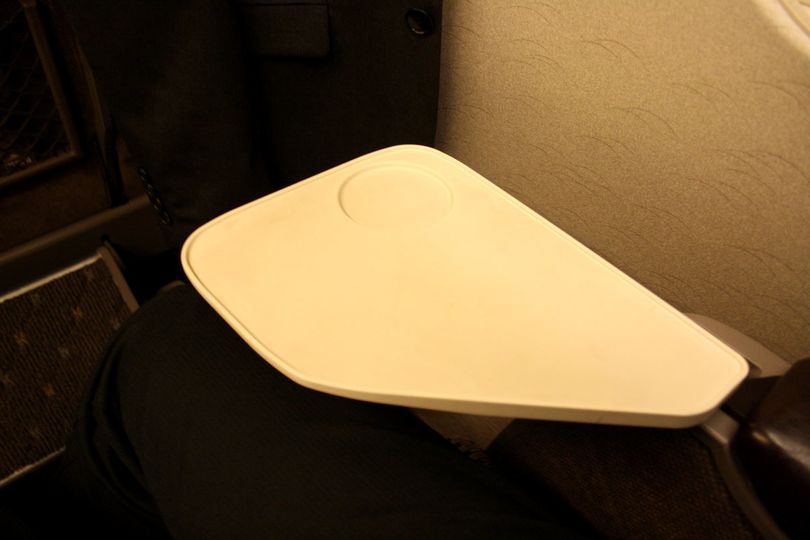





QFF
12 Apr 2013
Total posts 1533
Pity that we not going to have high-speed trains in Australia anytime soon. I use one from London to Paris and it is marvel – considering absent of traveling to and from airport, security, custom, passport control, waiting for baggage it is faster than by air. I love to have similar service between Melbourne and Sydney.
Qantas
22 Oct 2012
Total posts 318
I doubt that we'll ever get high-speed trains in Australia. Our usage of inter-urban trains is decreasng, and we just don't have the population to support the massive expenditure that would be required for a new rail line between any cities. Japan has a population of 135M and it's a tiny country. The UK is over 60M. We're just 25M and it's a huge country.
QFF
12 Apr 2013
Total posts 1533
Agree. This is why not anytime soon. :-)
Air NZ Airpoints
12 Mar 2014
Total posts 36
Great review on a great train system. The Shinkansen really is the gold standard for high-speed rail - frequent, convenient (city-centre stops as you point out), and, especially with a JR Pass, relatively affordable.
Just one comment - solid meals are definitely available on board the Shinkansen, just look for the bento boxed lunches on the food trolley. The blurb will be mostly/all in Japanese, but there is usually a picture of what you'll get. Usually at least two selections on board e.g. a mostly meat, seafood, variety... all on rice (naturally). Or if you've got a moment at the stations, there are always lots of bento places inside the ticket gates where 900 ~ 1,100 yen will get you a great lunch (with cheap drinks as you note). The food is one of the best parts of train travel in Japan, enjoy!
04 Aug 2014
Total posts 35
Green car seen on the Shinkansen isn't strictly speaking "first class"
Tokai JR and West JR who run tokai&sanyo Shinkansen respectively believe they don't need a true first class on these two routes to attract people because with the current configuration of green car they are getting around average 80% load. (There is Huge demand among cities on tokai&sanyo Shinkansen)
However you can see a true premium setting first class on tohoku shinkansen which is running by East JR, they named it Grandclass. If you go google and see the photo of it you would be amazed by its luxurious and elegant. Of course they offer proper meal and beverage aboard.
04 Aug 2014
Total posts 35
In addition, Japanese prefer to buy bento box prior to board their train because there are countless range of amazing bento boxes offered in the station.
QF NZ
28 Jul 2013
Total posts 29
Quite frankly these comments apply to all the modern trains, e.g. TGV France, ICE Germany, even HST UK. They are simply so much more convenient and pleasant than the airport / airline obstacle course we have somehow been indoctrinated to believe is the only way to travel.
Virgin Australia - Velocity Rewards
24 Aug 2011
Total posts 784
Love a train more than anyone however our population density, terrain, mix of politicians, NIMBYs and lack of long-term financining means it will always be easier and cheaper to fly.
14 Jun 2013
Total posts 352
Really interesting to see this review, would like to see more review of high-speed rail on AusBT, especially in Europe where it can be a great alternative to flying.
Qantas - Qantas Frequent Flyer
21 Mar 2013
Total posts 132
An important lesson I learned: pay careful attention to the time of your train. We hopped on a Nozomi by mistake. It was 4 minutes before out train on the same platform. As JR Passes aren't accepted on these faster services, we had to jump off at the next station.
Qantas - Qantas Frequent Flyer
06 Feb 2014
Total posts 8
Also worth mentioning - the green seats have much better recline than the normal seats. I had a nice snooze on a green seat en route from Tokyo to Nagano earlier this week! Well worth the extra $40.
21 Feb 2015
Total posts 68
If anyone is heading north from Tokyo, you can go a step further and try "gran class" - exclusively available on the Tohoku Shinkansen line E5 series trains (Hayabusa, Hayate and Yamabiko service) from Tokyo to Shin Aomori.
That's a fair bit fancier than green car - food and grog are free :)
27 Feb 2015
Total posts 1
I have also have travelled with the bullet train during my two weeks holiday in Japan. Also liked it and by the way, no need to keep a eye on your luggage in Japan. It's extremely safe. I have experienced many situations with passengers leaving their laptop, mobile phone, wallet, etc. on their tray table while going to the toilet! I also did. I must admit it was thrilling!
Qantas - Qantas Frequent Flyer
25 Jun 2015
Total posts 13
I've extensively travelled Japan - over a dozen trips. Many many times in Shinkansen. The very first trip I mistakenly purchased a 'green car' ticket. All other times (perhaps 50 or so) - just the regular ticket. There is very little difference. Lots of leg room in the regular seats. Same food service. Save your money and avoid the green car I say.
THAI / STAR ALLIANCE
20 May 2011
Total posts 13
Well, I used to live in Japan in the '90's and covered a lot of ground by train. When I had to do a return trip to Tokyo on the Friday evening, after a week bouncing around Japan, staying in small hotel rooms, I used to pay the extra cost myself, and, come back to Tokyo from Himeji in the green car. n fact, am in Japan now and, travelling on the green car. More space for your luggage, green car located handy to the exits as well. Green wins hands down, IMO.
Hi Guest, join in the discussion on Review: Japan's Shinkansen 'Green Car' first class: Hiroshima-Osaka